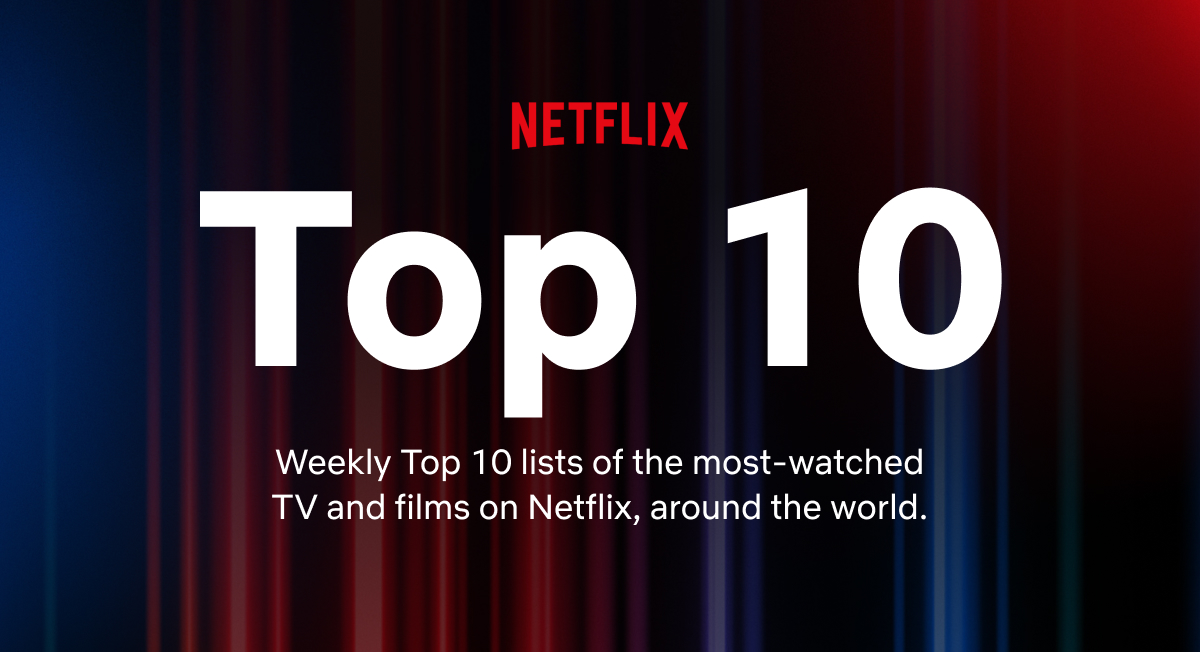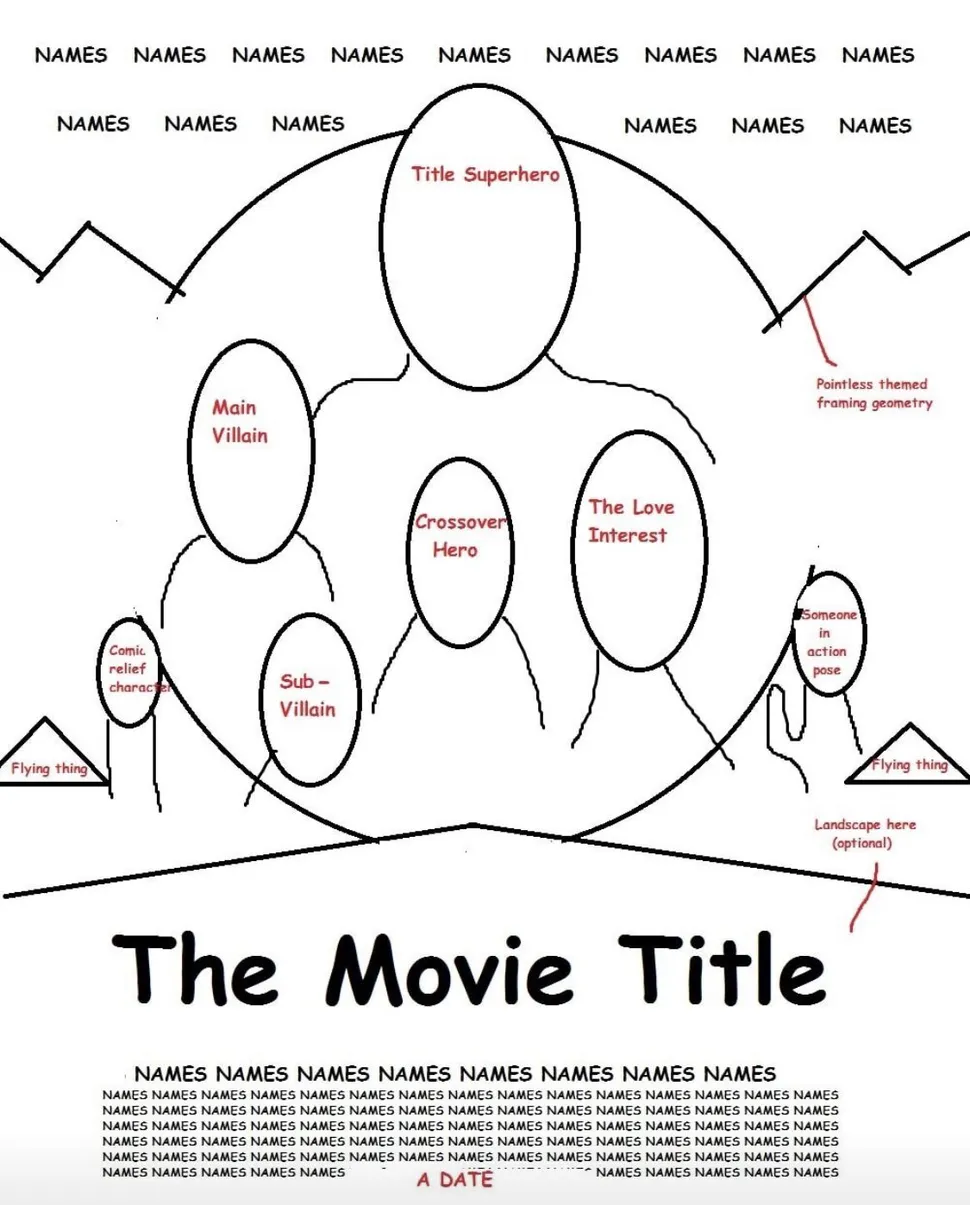Alyssa Miller reports on No Film School that The Sony FX3 Gets the Netflix Stamp of Approval and Why You Should Care.
She says:
“Netflix has just approved the Sony FX3 to be used for its 4K Netflix Originals. This approval is a result of the latest Firmware 2.0 that constitutes a major upgrade to the FX3 capabilities regarding cinematography and workflow.”
She goes on to explain Netflix’s minimum camera standard:
“Not only does the camera need the ability to record in 4K, but it also has to have a bit depth of 10-bit or higher, a data rate with a minimum of 240Mbps at 24FPS, a screen-referred color space, a scene-referred transfer function, and a timecode written as metadata, and it has to be capable of jamming to an external source. And this is just the start of the list, as ergonomics, durability, and usability also come into play.”
And why you should care:
“Why? Standards. Not in the biblical sense, but in manufacturing. Most camera brands (save for maybe Sony) aren’t building their next camera with a specific exhibition in mind. Codecs are all over the place, not all sensors are the same, and sometimes you even have to worry about overheating. Those kinds of issues on a film set can break your film. So if an exhibitor sets some standards for camera manufacturers, we’re inclined to support it, whether or not we’re shooting for Netflix.”
Here’s Netflix’s “cheat sheet” for FX3 camera settings and the Sony firmware update.
My take: I haven’t checked the prices of all the cameras on the Netflix list but this is probably the cheapest. Just sayin’.



